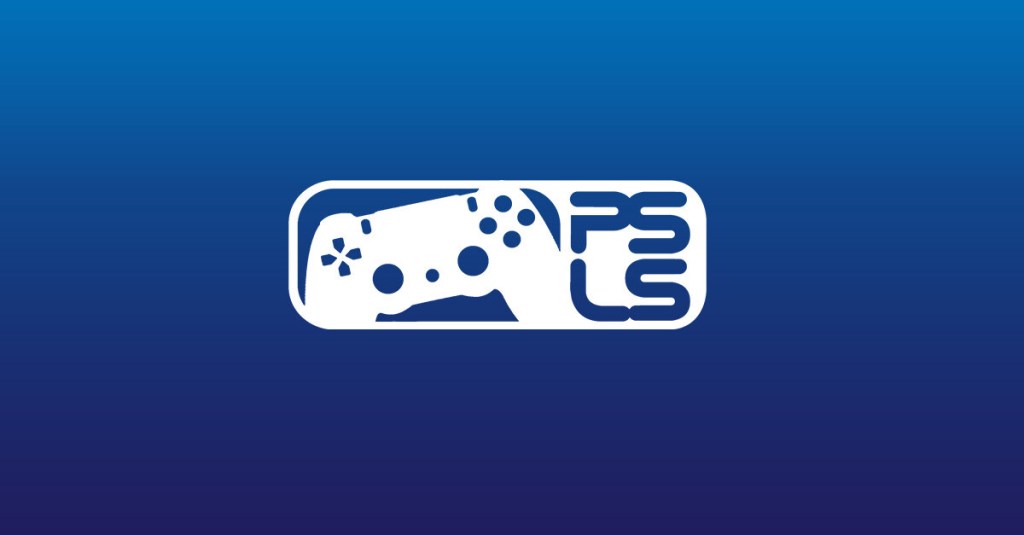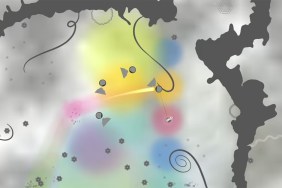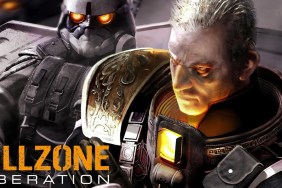![]()
Everyone here should know by now that I’m a huge fan of Q-games and their work on PSN titles, so needless to say I hunted their games down at E3 like a troll hunting for internet controversy. Despite some of their work being hidden behind closed doors, I did get my hands on one of their new titles, PixelJunk SideScroller.
Q-Games is known by now for bringing out the innovation in well established genres, accompanied by a unique visual aesthetic and entrancing soundtrack. Two of the three are definitely there, and while PixelJunk SideScroller isn’t pushing any ground-breaking barriers this time around, the game still offers a fun challenge with a bit of a twist of it’s own. Anyone who has played PixelJunk Shooter 2 will immediately recognize SideScroller as an extension of the very last level of the game, which put a retro twist on the gameplay and visual details. That’s not to say PixelJunk SideScroller is merely an add-on for Shooter 2, but just that the artistic styling and primary gameplay mechanic remains intact.
![]()
This is immediately noticeable from the outset, since each level in the preview demo took on the wire frame styling for the enemies, environment, and shooter ship. Lava and water were present with a cubed look to them, and still behaved accordingly by heating and cooling the ship respectively, and mixing to create destroyable dirt. As the name implies, piloting the ship and shooting enemies takes place in a side scrolling fashion, with the panning of the camera being automated to keep the action moving. Killed opponents still drop plenty of icons to collect for points, this time shaped like multicolored crosses. Beyond this however, several differences separate SideScroller from Shooter 2, which serve to increase the challenge and provide variation in gameplay.
![]()
Our ship comes initially equipped with three basics weapons: a machine gun, homing missile launcher, and laser beam. Each serves their own purpose in eliminating enemies, and can easily be toggled between with the tap of a button. While progressing through the levels, certain enemies will drop a special power up that when collected upgrades the currently selected weapon. Each weapon can be upgraded multiple times, becoming more powerful as the action becomes more frantic. For example, the machine gun starts off as a simple stream of bullets coming out the front of the ship. The first upgrade turns this into a double stream of bullets, the next upgrade adds side streams coming out at an angle, and yet another upgrade adds a gun stream to the back. Similarly, upgrading the rockets and lasers add more of each respectively, making it important to have the correct weapon type selected when grabbing these pick ups.
![]()
The other significant difference between SideScroller and Shooter 2 is in the health system. While our ship still is susceptible to overheating until it crashes and burns, any heat generated by taking damage doesn’t simply fade away over time, or get reduced by collecting point icons. Instead, it only appears be reduced by flying into streams of water, which were sporadically distributed throughout the levels I played. A spin maneuver is still available while holding down the left trigger, but that doesn’t disperse heat either, and instead only serves to plough through dirt and enemies. This presents a greatly different challenge than past games, where the primary concern was rescuing survivors (of which none are present here), and now the main objective is simply survival (and probably collecting as many points as possible).
The two levels I had played offered many familiar enemies from the Shooter series, and new obstacles in the form of mechanical crushers to navigate through. This all culminated in a large boss fight, who proceeded to toss me to the ground like a little girl trying to fight the Hulk. Were it not for the large line forming behind me at the single booth featuring this game I’d have manned up to the challenge, but I’m sure I’ll get my chance when PixelJunk SideScroller releases later this year, hopefully in Q3. While it may not offer much in terms of gameplay that I haven’t seen before, I can still appreciate the throwback to classics like Gradius with a bit of that special Q-Games style sprinkled on top. Of course, we’ll let you know when that date is solidified, since I’ll be personally keeping tabs on this one as the year progresses.








